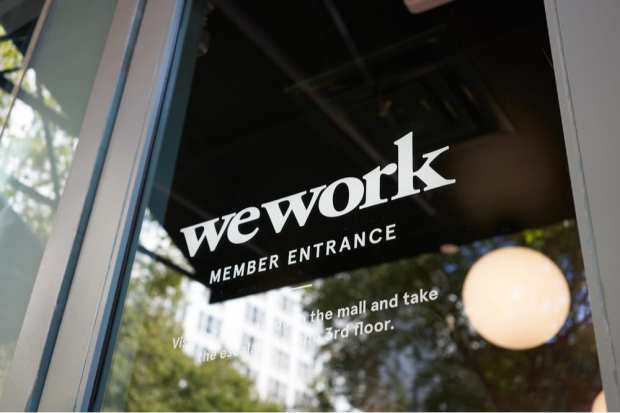WeWork Moves Forward On IPO, Despite SoftBank’s Concerns

WeWork, an office-sharing startup, is reportedly moving ahead with plans to go public despite a massive drop in valuation, and one of its biggest investors is balking at the prospect, according to Reuters.
WeWork’s largest investor is SoftBank Group, which faces the prospect of having to write down the investment because of the lower valuation, or pump more cash into the venture to buy some time.
WeWork was valued as high as $47 billion during private fundraising rounds, but it dropped to between $15 billion and $18 billion when an initial public offering (IPO) was considered. SoftBank has invested more than $10 billion into WeWork.
The lower valuation is due to concerns over the viability of the WeWork model. Some analysts say that for the company to be successful, it has to rely on some longer term liabilities and some short-term revenue. There are also questions of how the company would perform if the economy takes a dive.
The lower valuation will hurt SoftBank because right now it’s looking for capital from investors for a second Vision Fund. SoftBank returns have already been impacted by less than stellar returns for Uber and Slack, which both recently went public.
SoftBank CEO Masayoshi Son and longtime lieutenant and group Vice Chairman Ron Fisher, who were recently in favor of the listing, recently said it would be better to hold off on the IPO, rather than power forward.
They apparently asked We Company Chief Executive Adam Neumann to hold off, but he has reportedly refused to do so.
WeWork went through $2.36 billion in capital the first half of 2019, and it needs to raise between $3 billion and $4 billion from an IPO. The company secured $6 billion in commitments from banks, but it’s contingent on raising at least $3 billion from going public.
If SoftBank would give We Company more cash, it would be easier to postpone the IPO, but Son has so far not wanted to do that, considering how much has already been invested.
